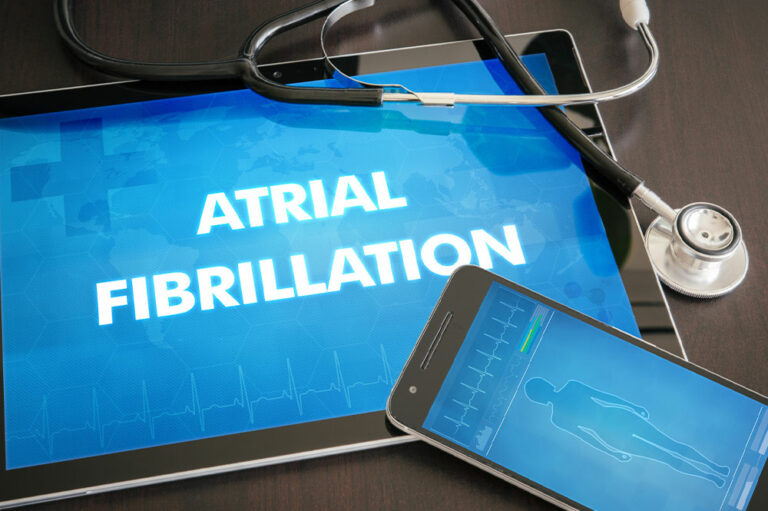
Afib – Types, causes, symptoms, and management
Atrial fibrillation (Afib) occurs when the usually stable and regular electrical impulses in the heart’s upper chambers (atria) begin firing chaotically, causing them to quiver or twitch (fibrillate). This can cause blood accumulation and clotting in the atria. These clots can reach the lungs through the blood vessels and cause pulmonary embolism or can reach the brain, resulting in a stroke. Let’s look at the forms, signs, and causes of Afib and its treatment options: Types of atrial fibrillation Afib can be classified as one or more of these: First-diagnosed Afib: Regardless of symptoms or the number or length of episodes, this refers to individuals diagnosed for the first time with Afib. Asymptomatic Afib: This condition is also called silent Afib, given the lack of signs or symptoms. A random electrocardiogram (ECG) could reveal asymptomatic atrial fibrillation. Paroxysmal Afib: Two or more episodes of the conditions that spontaneously resolve within a week are categorized as paroxysmal Afib. Persistent Afib: This refers to two or more episodes of atrial fibrillation that last seven days or more. Long-term persistent Afib: If the condition persists for more than a year, it is referred to as long-term persistent Afib. Permanent Afib: This is a chronic condition that cannot be managed using common treatment options.
Read More 



